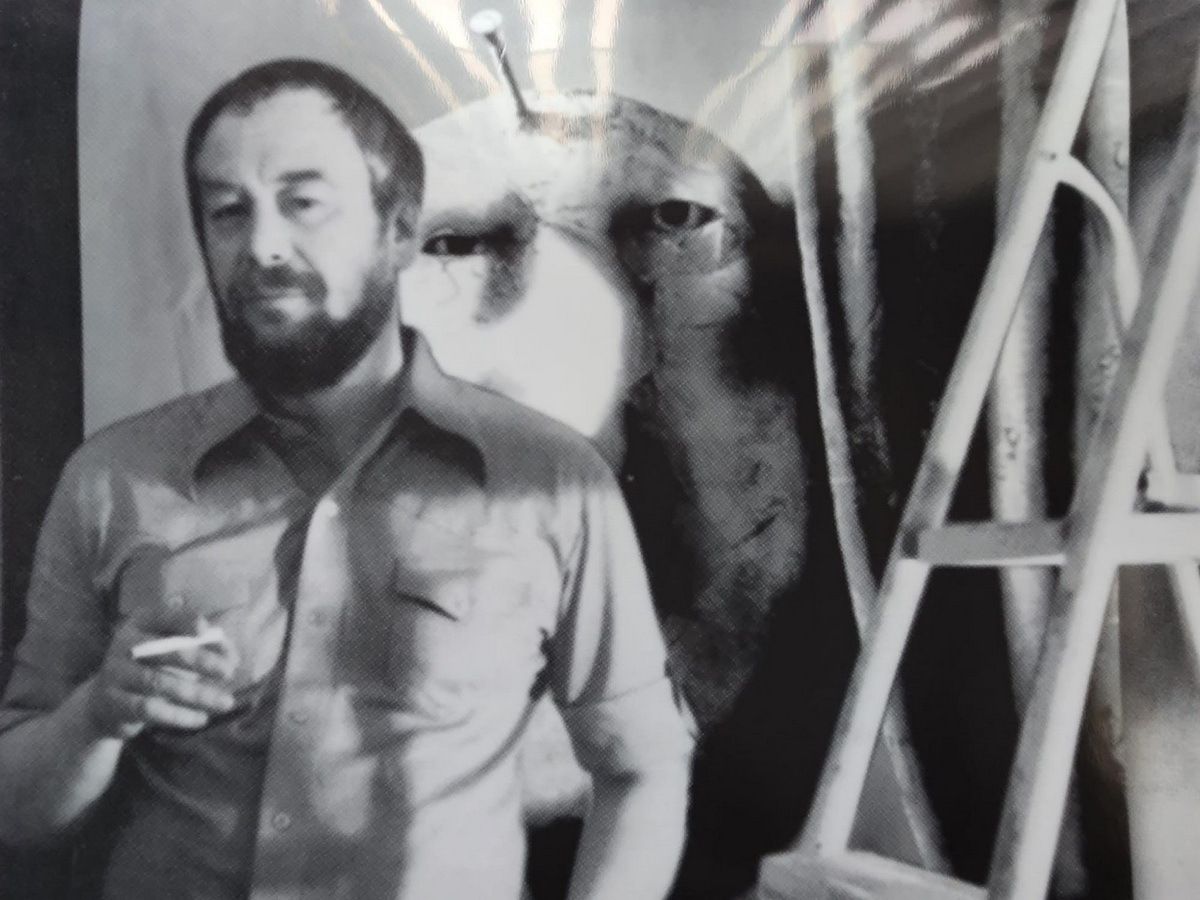Oleg Tselkov, born in Moscow in 1934, is an artist whose work defies easy categorization. Renowned for his distinct, surrealist approach, Tselkov's art has captivated collectors, critics, and art enthusiasts worldwide. His pieces, characterized by vibrant colors and grotesque, mask-like faces, offer a profound commentary on the human condition and societal structures. As a result, his works have become highly sought after in antique auctions, with buyers of antiques and contemporary art collectors alike vying for a chance to own a piece of his legacy.

Early Life and Artistic Development
Tselkov's journey into the world of art began during his tumultuous youth in the Soviet Union. Despite facing political repression and being expelled from several art schools for his non-conformist views, Tselkov persisted in his artistic endeavors. He eventually graduated from the Surikov Art Institute in Moscow, where he was exposed to the avant-garde movements that would heavily influence his work.
In the 1960s, Tselkov's distinctive style began to emerge. His use of exaggerated, mask-like faces in his paintings became a signature element, symbolizing the duality of human nature and the oppressive atmosphere of Soviet society. These faces, often depicted in isolation or within claustrophobic settings, conveyed a sense of alienation and introspection.
Artistic Style and Themes
Tselkov's art is notable for its bold use of color and form. His paintings often feature bright, contrasting hues that create a sense of tension and unease. The grotesque faces, with their distorted features and penetrating eyes, serve as a powerful visual metaphor for the human psyche and the masks people wear in society.
Thematically, Tselkov's work delves into existential questions and the human experience. His paintings explore themes of identity, isolation, and the impact of societal pressures on the individual. By distorting familiar forms and presenting them in an unsettling manner, Tselkov challenges viewers to confront their perceptions and assumptions about humanity.
Recognition and Influence
Despite facing censorship and restrictions in the Soviet Union, Tselkov's work gained international recognition. He participated in numerous exhibitions abroad, and his paintings were acquired by prominent museums and private collections. His ability to convey universal themes through a distinctly personal lens resonated with audiences worldwide.
Tselkov's influence extends beyond his paintings. His work has inspired a generation of artists, both in Russia and internationally. The boldness of his vision and his refusal to conform to artistic or political norms have made him a symbol of artistic integrity and independence.
The Market for Tselkov's Art
In recent years, the market for Oleg Tselkov's art has seen significant growth. Antique auctions featuring his work attract considerable attention from buyers of antiques and contemporary art collectors alike. Prices for Tselkov's art have steadily increased, reflecting the growing appreciation for his unique artistic vision and historical significance.
The painting "Woman with a Cat and a Butterfly" (1988) was sold at Sotheby's for €93,988 (£80,000) in December 2021, and the painting "Boy with Balloons" (1957) was sold for €540,431 (£460,000).
The demand for Tselkov's pieces is evident in the frequent appearances of his works in prominent antique auctions. Buyers of antiques and art collectors recognize the investment potential of acquiring a Tselkov painting, given its historical and cultural value. The striking imagery and profound themes of his work ensure that his pieces stand out in any collection.
Appraisal of Tselkov's Art
The appraisal of art, particularly works by an artist as distinctive as Tselkov, requires a nuanced understanding of his style, historical context, and market trends. Art appraisers often consider several factors when determining the value of a Tselkov painting, including its provenance, condition, size, and the specific themes it explores.
Provenance, or the history of ownership, plays a crucial role in the appraisal of antiques and art. Pieces with documented histories, especially those that have been part of notable collections or exhibitions, often command higher prices. Additionally, the condition of the artwork is meticulously assessed, as well-preserved pieces are more desirable to collectors.
Influence on Antique Stores and Collectors
Antique stores and galleries that specialize in modern and contemporary art often feature Tselkov's works due to their unique appeal and increasing market value. Collectors who frequent these establishments are drawn to Tselkov's distinctive style and the profound themes his paintings explore. As a result, antique stores that offer Tselkov's art tend to attract a discerning clientele seeking investment-worthy pieces.
The prices for Tselkov's art in these settings vary widely, depending on the specific work and its appraisal. However, it is not uncommon for his paintings to fetch significant sums, reflecting their status as valuable collector's items. The growing interest in Tselkov's work among collectors and buyers of antiques underscores the enduring appeal of his artistic vision.
.jpg)
Conclusion
Oleg Tselkov's art is a testament to the power of individual expression in the face of societal constraints. His bold use of color, surreal imagery, and exploration of deep psychological themes have cemented his place as a significant figure in both Soviet and post-Soviet art. As his works continue to captivate audiences and command high prices at antique auctions, Tselkov's legacy as a visionary artist remains secure.
For buyers of antiques and art collectors, acquiring a Tselkov piece represents an opportunity to own a part of art history. As antique stores and collectors recognize the enduring significance of his contributions, Oleg Tselkov's art will undoubtedly continue to inspire and challenge viewers for generations to come.


